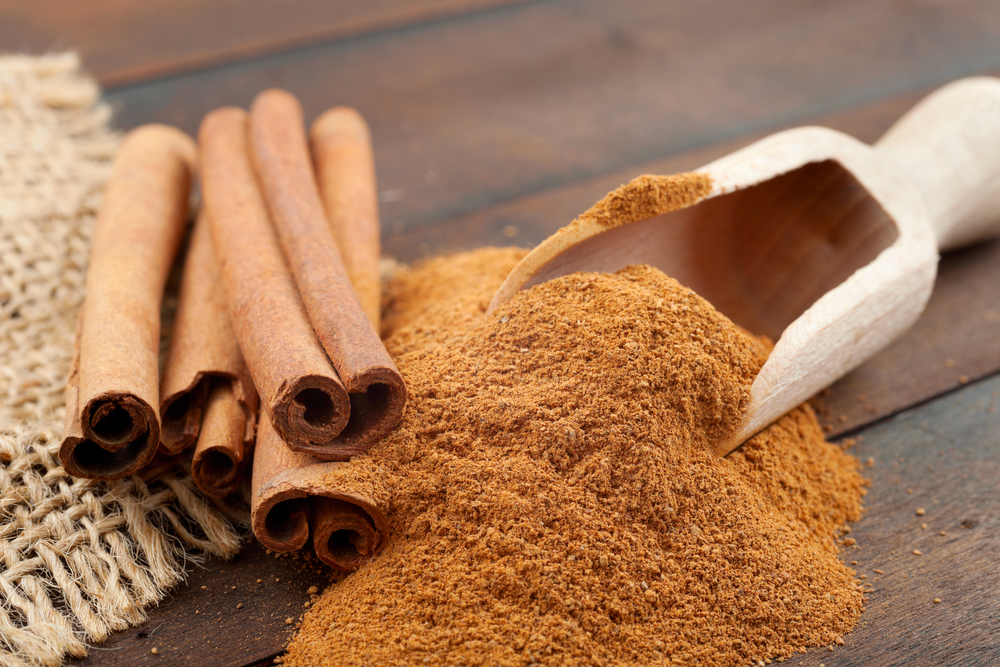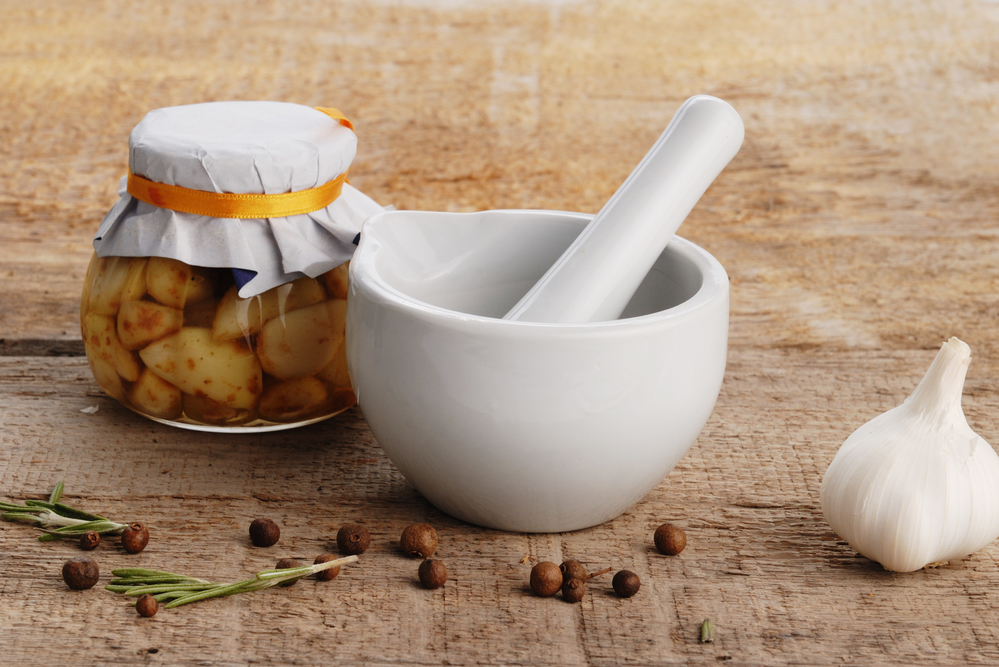
Some of us Down Under celebrate Christmas in July. There is no Christmas without the use of Cinnamon in cooking. Cinnamon is used in Christmas baking, added to mulled wine or hot chocolate. However, we may not realize that by consuming Cinnamon and in particular during the winter season we also experience a lot of health benefits as discussed below. It is another medical plant or spice if you like which has been and still is being used medicinally.
Traditional use of Cinnamon
Cinnamon has been known since remote antiquity. It is native to Sri Lanka, formerly known by the colonial name Ceylon. Other common names include true cinnamon (verum means true) and Sri Lanka, or Ceylon, cinnamon. It also grows throughout India, Bangladesh, Java, Sumatra,West Indies, Brazil, Egypt and Vietnam.
This small, evergreen, tropical tree reaches 10 to 15 metres in height and is covered with thick, scabrous bark. The branches are numerous, strong, horizontal and declining, and the young shoots are speckled with dark green and light orange colours. Cinnamon sticks are made from the bark of the tree and are rolled naturally into a quill shape when the bark is sun-dried. The oil is traditionally prepared by roughly pounding the bark, macerating it in seawater, and then quickly distilling the whole. It is of a golden-yellow colour with the characteristic odour of cinnamon and a very hot, aromatic taste.
Cinnamon has a long history of use as a culinary spice in many cultures. In addition to its culinary uses, in native Ayurvedic medicine cinnamon is considered a remedy for respiratory, digestive and gynecological ailments. Cinnamon’s history as a medicinal plant goes as far back as the Ancient Egyptians and Chinese.As the availability across Europe increased it was then adopted by herbalists for medicinal uses. It was traditionally used as a flavoring agent and digestive tonic in cases of diarrhea, anorexia and dyspepsia. It was also used for rheumatism and menstrual disorders. Not to be confused with cassia (Cinnamomum cassia(L.) J.Presl or synonym Cinnamomum aromaticum Nees) which is cheaper, has a stronger flavor and is often marketed as ‘cinnamon’.
Cinnamon has many many mechanisms of actions:
Lowers sugar level and insulin, antioxidant, anticancer, antimicrobial, antifungal, antiviral, immunomodulator, astringent, antidiarrhoeal, carminative and lowers cholesterol.
Cinnamon is indicated in:
- Digestive disorders including flatulent dyspepsia, nausea, and diarrhea
- Bacterial and viral infections including the common cold and influenza
- Fungal infections including tinea pedis and candida, Aspergillus species
- Diabetes, obesity and metabolic syndrome
- Elevated cholesterol
- Possible cancer prophylaxis and treatment adjuvant
- Oxidative stress and inflammatory disorders
Cinnamon and diabetes type 2
New research (2003) has shown that as little as 1g of Cinnamon a day added to the diet for 40 days had significantly reduced fasting blood sugar, triglycerides, total cholesterol and bad cholesterol (LDL).
So please do not forget to add a generous amount of Cinnamon to your cooking as food is the best medicine.
If you would like to know more about how the DH-Natural Medicine Clinic can help you, please call us now on (02) 4854 0205
 Danuta Hulajko is a holistic practitioner, international speaker and the founder & practitioner at the DH Natural Medicine Clinic and www.healingremedies.com.au in Sydney.
Danuta Hulajko is a holistic practitioner, international speaker and the founder & practitioner at the DH Natural Medicine Clinic and www.healingremedies.com.au in Sydney.
Danuta specialises in Allergies, Anti-Aging, Auto-Immune Conditions, Cardiovascular Conditions, Female Reproductive, Menopause, Mould Toxicity, Skin Conditions, Stress and Insomnia and Thyroid Dysfunction.
For more information please go to our website. You can also follow Danuta Hulajko’s work, events, seminars, expos, latest health research, her health tips and advice on Facebook, LinkedIn and Instagram.



